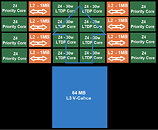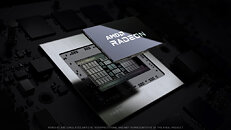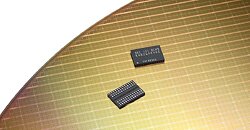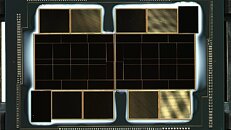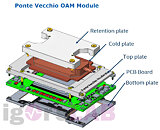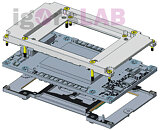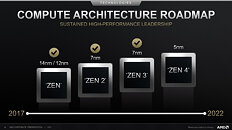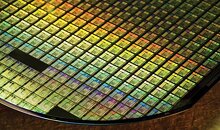
TSMC Sees Record Q4 Profits, Plans to Increase CapEx
TSMC has held its quarterly earnings conference today and it's good news all around, at least if you're TSMC or one of its shareholders, as the company reported record profits of US$6.01 billion for the quarter, or an increase of 16.4 percent compared to the same quarter last year. At the same time, the company announced that it's going to increase its CapEx, by no less than US$40-44 billion this year, which should be compared to the US$30 billion in 2021. The company is expecting to continue to rake in money this quarter, with an expected revenue before expenditures and tax of US$16.6 to US$17.2 billion, compared to US$15.74 billion for this quarter.
Looking at the graphs provided by TSMC which shows where its revenue is coming from, its 7 nm and 5 nm nodes are now accounting for 50 percent of TSMC's revenues. The 5 nm node on its own, almost made as much money as its 16 and 28 nm nodes combined in Q4. We can also see that the 5 nm has gone from eight percent of TSMC's revenues in 2020, to 19 percent this year, with the 7 nm node dropping slightly from 33 percent to 31 percent. 2021 saw a massive 51 percent revenue growth in automotive components for TSMC compared to 2020, yet it only accounted for four percent of TSMC's total revenue for 2021. Smartphones and HPC are jointly holding 81 percent of TSMC's business based on revenue, which isn't likely to change any time soon.
Looking at the graphs provided by TSMC which shows where its revenue is coming from, its 7 nm and 5 nm nodes are now accounting for 50 percent of TSMC's revenues. The 5 nm node on its own, almost made as much money as its 16 and 28 nm nodes combined in Q4. We can also see that the 5 nm has gone from eight percent of TSMC's revenues in 2020, to 19 percent this year, with the 7 nm node dropping slightly from 33 percent to 31 percent. 2021 saw a massive 51 percent revenue growth in automotive components for TSMC compared to 2020, yet it only accounted for four percent of TSMC's total revenue for 2021. Smartphones and HPC are jointly holding 81 percent of TSMC's business based on revenue, which isn't likely to change any time soon.








